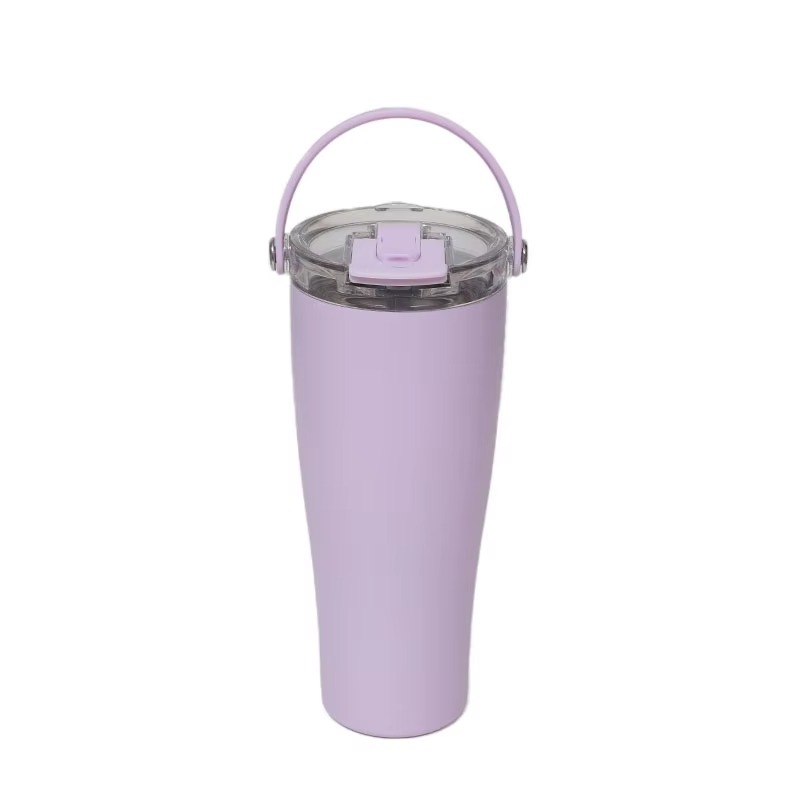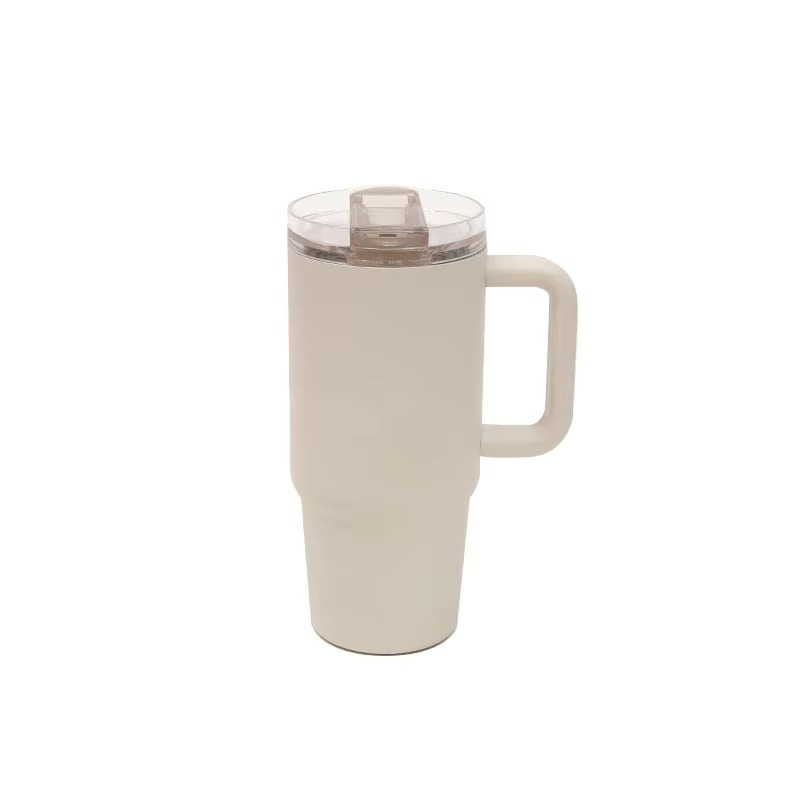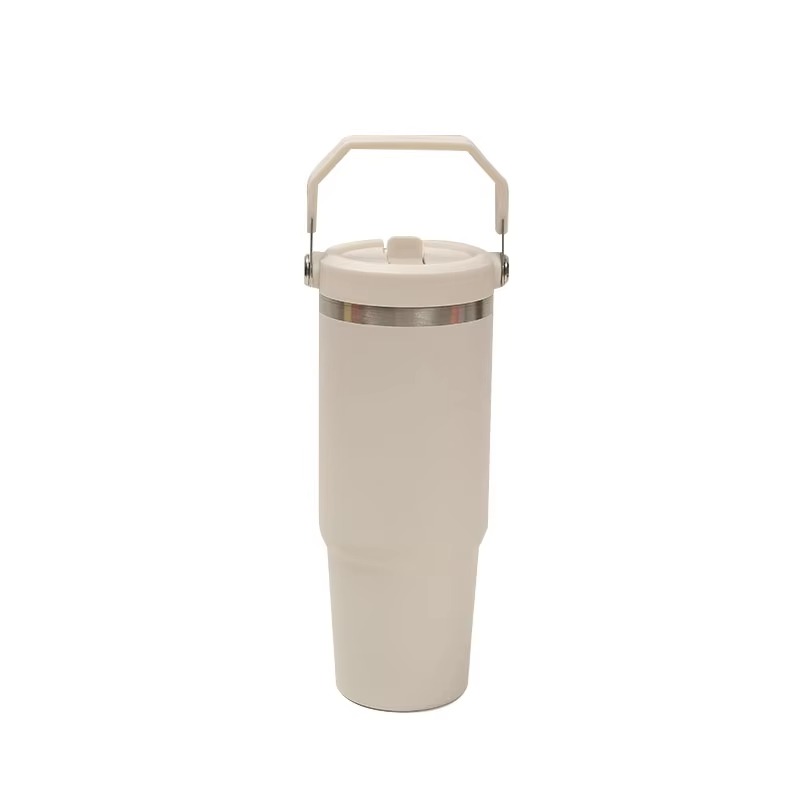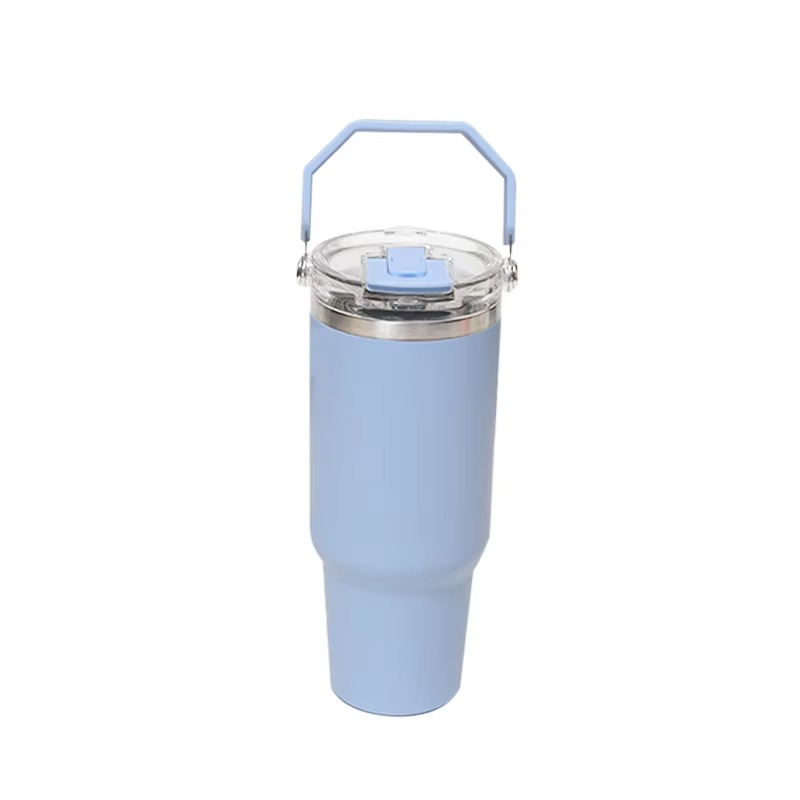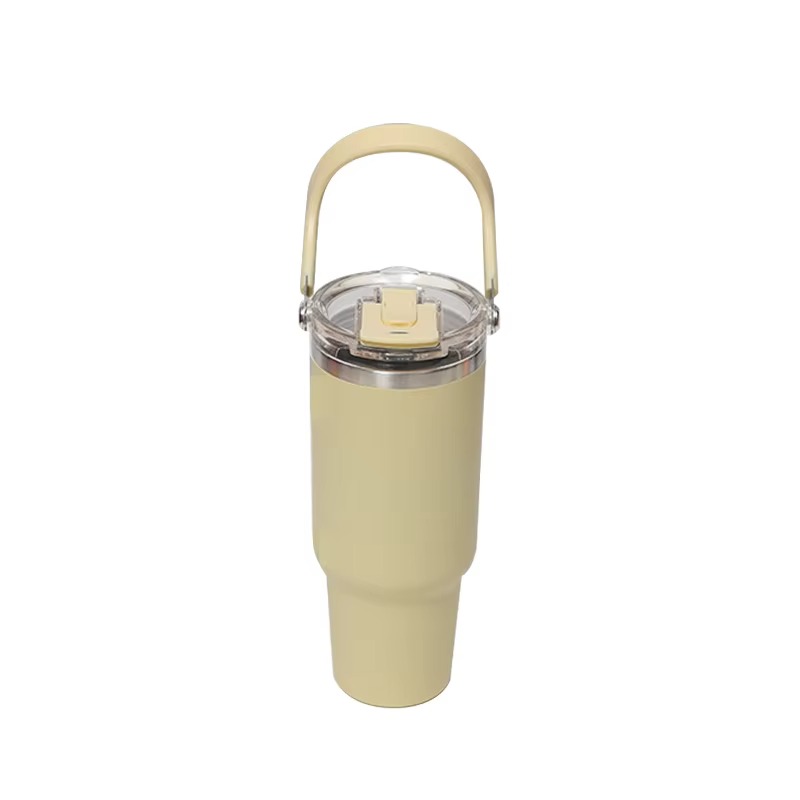Plastic tumblers have become a common feature in household, office, and casual beverage use. Their presence reflects broader shifts in lifestyle, including urban living with compact spaces, the increasing need for lightweight and reusable drinkware, and evolving patterns of daily beverage consumption. Beyond their everyday function, plastic tumblers serve as an example of how product design must balance structural durability with ease of use, m
Structured manufacturers play a central role in ensuring that plastic tumblers meet these practical requirements. Companies such as Automug Factory demonstrate how factories, suppliers, and manufacturers coordinate to provide consistent product design, material selection, and functional reliability. This framework allows products to address the dual challenge of long-term durability and convenient handling while maintaining safety standards and usability across diverse consumer environments.
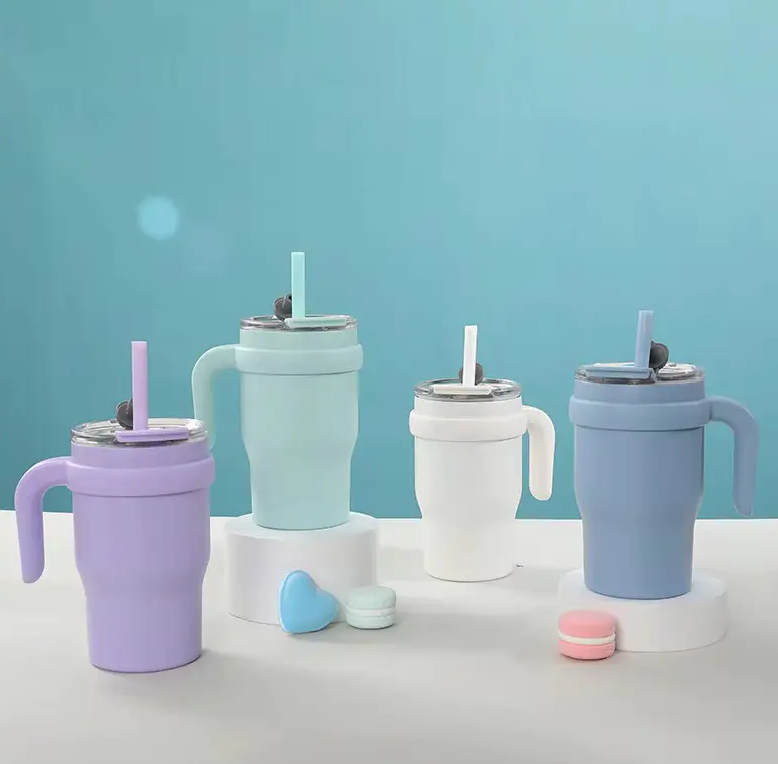
I.Historical Context and Evolution of Plastic Tumblers
The development of plastic tumblers reflects decades of innovation in materials and domestic convenience. Early drinkware was primarily made from glass, metal, or ceramic, offering limited flexibility for transport, storage, or daily handling. The introduction of plastics enabled manufacturers to create lightweight, unbreakable, and versatile products. Over time, designs evolved from purely utilitarian forms to products that integrate aesthetic considerations with practical functionality.
Consumer expectations have driven much of this evolution. Households, offices, and recreational settings increasingly demand tumblers that are durable, easy to handle, and reusable. These requirements have influenced manufacturing priorities, including the selection of materials, wall thickness, weight distribution, and compatibility with standard household storage and cleaning routines. Modern plastic tumblers reflect these combined considerations, offering products that are robust yet convenient to use.
II. Material Selection and Its Impact on Durability
Material choice is a key determinant of a tumbler’s balance between durability and convenience. Commonly used plastics include polypropylene, Tritan, and polycarbonate, each selected for its unique combination of impact resistance, thermal stability, and compliance with food-contact safety standards. Materials must endure daily use, including repeated handling, temperature variations, and exposure to cleaning processes, while remaining lightweight and easy to carry.
Manufacturers, suppliers, and factories—such as Plastic Tumbler Factories and Suppliers—evaluate material performance carefully during the design phase. For instance, wall thickness, flexibility, and chemical composition are adjusted to ensure long-term structural integrity without adding unnecessary weight. These considerations also affect ease of cleaning and stacking, which are important in compact urban households. Companies like Automug Factory apply standardized material selection criteria to maintain consistency across production batches, supporting uniformity in product performance.
III.Design Principles for Convenience
Convenience is a central aspect of modern tumbler design. Ergonomic considerations, such as comfortable grip, balanced weight, and stackable forms, enhance usability in everyday scenarios. Size and capacity are also significant; tumblers must accommodate a range of beverage types while fitting into limited storage spaces, whether kitchen cabinets, office shelves, or picnic bags.
Practical design features further support usability. Spill-resistant rims, easy-to-clean surfaces, and dishwasher-compatible constructions simplify maintenance. Additionally, visual elements—such as color differentiation, texture, or transparent sections—help users identify contents and monitor cleanliness without affecting functional performance.
Structured Plastic Tumbler Manufacturers and Suppliers integrate these design elements systematically. By evaluating both material properties and user interaction, factories create products that combine physical robustness with handling ease. Compact, modular designs allow tumblers to be stacked or nested efficiently, supporting storage convenience while maintaining structural stability.
IV.Role of Factories, Suppliers, and Manufacturers
The production and distribution of plastic tumblers rely on a coordinated network of factories, suppliers, and manufacturers. Each plays a distinct role in ensuring that products meet both functional and practical standards.
- Plastic Tumbler Factories focus on consistent production of high-quality units. Their infrastructure and workflow ensure that material properties, dimensions, and assembly meet predefined standards.
- Plastic Tumbler Suppliers manage logistics and materials, ensuring that production inputs meet required specifications and arrive on schedule.
- Plastic Tumbler Manufacturers oversee the overall process, integrating design, material selection, and distribution to ensure the final product is durable, convenient, and reliable.
Companies like Automug Factory exemplify the structured coordination between these roles. By systematically linking design decisions with material sourcing and production standards, manufacturers can provide products that balance durability and convenience in a way that aligns with consumer expectations for domestic and small-scale usage.
V.Environmental and Sustainability Considerations
Environmental considerations increasingly influence plastic tumbler production. While plastics provide durability and lightweight convenience, sustainability concerns have prompted manufacturers and suppliers to evaluate recycling potential, reduce material waste, and consider bio-based alternatives. These strategies aim to minimize environmental impact without compromising the functional requirements of durability and usability.
Urban consumers and small-scale users often prioritize reusable tumblers over disposable options. By designing tumblers that endure repeated use and maintain functional reliability, structured Plastic Tumbler Manufacturers, Suppliers, and Factories support sustainable consumption patterns. Reusability, combined with long-term durability, allows consumers to reduce waste while benefiting from convenient, practical drinkware.
VI.Consumer Use Cases and Feedback
Plastic tumblers are used across a variety of contexts:
- Household: Daily beverage consumption, children’s use, compact storage solutions.
- Office: Stackable and lightweight tumblers for shared kitchens or meetings.
- Outdoor and Recreational: Portable, resilient tumblers suitable for picnics, sports, and travel.
Feedback from these use cases informs design adjustments. Structured manufacturers monitor usage trends to ensure that products continue to meet ergonomic, functional, and safety requirements. This feedback loop helps Plastic Tumbler Factories and Suppliers maintain consistent performance and adapt to evolving consumer needs.
VII.Balancing Trade-offs: Durability vs. Convenience
Designing plastic tumblers requires balancing structural durability with practical convenience. Thicker walls improve resistance to impact but increase weight, while lighter designs enhance portability but may reduce robustness. Features that simplify cleaning and storage must be incorporated without weakening the structural integrity of the product.
Structured Plastic Tumbler Manufacturers, such as Automug Factory, address these trade-offs by integrating material science with ergonomic and functional design principles. The result is a range of tumblers that maintain usability and durability in various domestic, office, and recreational contexts.
VIII.Future Trends in Plastic Tumbler Manufacturing
Future developments in the plastic tumbler sector are expected to focus on:
- New material innovations, including bio-based or recycled plastics.
- Enhanced ergonomic and stackable designs suitable for compact urban households.
- Features that improve user convenience without affecting durability.
- Increasing coordination between Plastic Tumbler Manufacturers, Suppliers, and Factories to meet evolving lifestyle and environmental expectations.
These trends suggest that structured manufacturers will continue to play a central role in bridging technical performance and practical usability, ensuring that tumblers remain reliable, convenient, and adaptable to modern usage contexts.

 English
English Español
Español русский
русский
